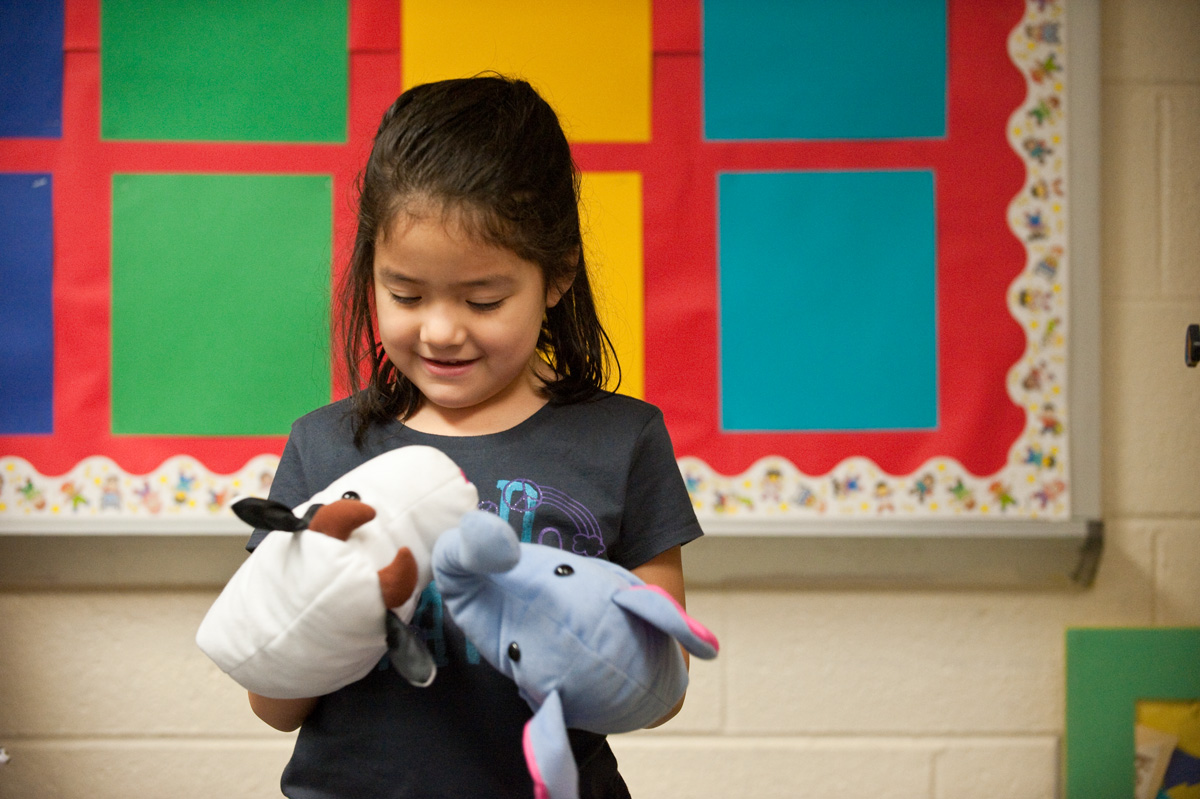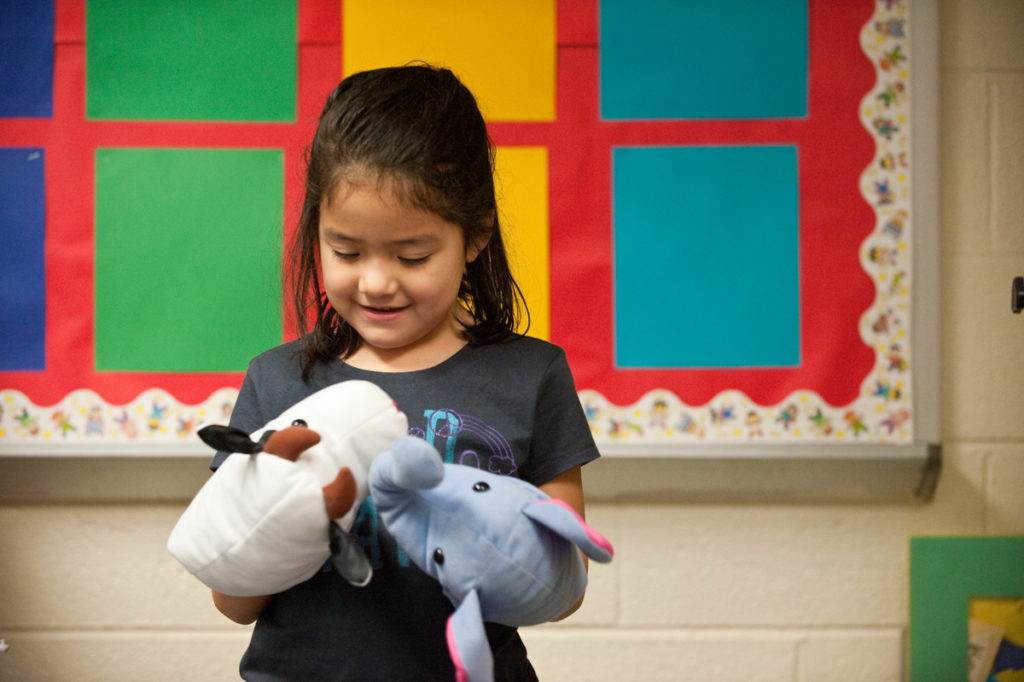The Feisty 5½ Year Old

 There’s a discernible turning point in children’s fifth year where the focused, centered, rule-following kindergartner becomes the full-fledged explorer. The growth spurt that’s beginning will last through the sixth year. “Stretching” is a good word for this age. Children often stretch the truth, test the rules, see what they can do on their own as they become more confident and self-assured.
There’s a discernible turning point in children’s fifth year where the focused, centered, rule-following kindergartner becomes the full-fledged explorer. The growth spurt that’s beginning will last through the sixth year. “Stretching” is a good word for this age. Children often stretch the truth, test the rules, see what they can do on their own as they become more confident and self-assured.
Like children at 2½, children at 5½ can be oppositional. But this is more a sign of cognitive and social growth than anything else. Children want much more to figure things out for themselves than to get things right—a main focus just a few months before. Learning and social interaction get more complicated, interesting, and challenging. There are more mistakes, tears, and semi-tantrums over best friends or following directions because children are engrossed in discovering how the world works.
Such willfulness and sensitivity are positive attributes at this age, indicators that older five-year-olds want to take on the world. But their behavior can feel difficult unless teachers recognize it as a developmental shift and respond with patience, awareness, and a sense of humor.
This is a time when good question-asking or fun challenges can be some of the best teacher tools around. They can give children choices that help them follow routines from the strength of their own decision-making, rather than from an adult directive, which five-and-a-half-year-olds often struggle with. So, “I’ll bet you can’t pick up your clothes before I count to ten” may work much better than “Pick up your clothes or no snack.”
“Remember where the counting blocks go?” may succeed better than “Put the counting blocks in the bin, now.”
“How long do you need to finish your journal page?” may create less anxiety and more productivity than “You have two minutes to finish that page in your journal.”
At this particular age, choice in classroom settings is a universally useful tool to advance learning. Maximum learning happens when children have opportunities to “approximate” and discover right answers and right behavior on their own, with the guidance of caring adults. This sense of having discovered or decided something is the “Aha!” experience that creates young scientists, artists, and problem-solvers in math—and in life.
In this series based on Yardsticks: Children in the Classroom Ages 4–14, Chip Wood focuses on the positive developmental attributes generally present in children at different ages.
